
MAPPING THE CITY A CREATIVE APPROACH TO ALMATY


MAPPING THE CITY A CREATIVE APPROACH TO ALMATY

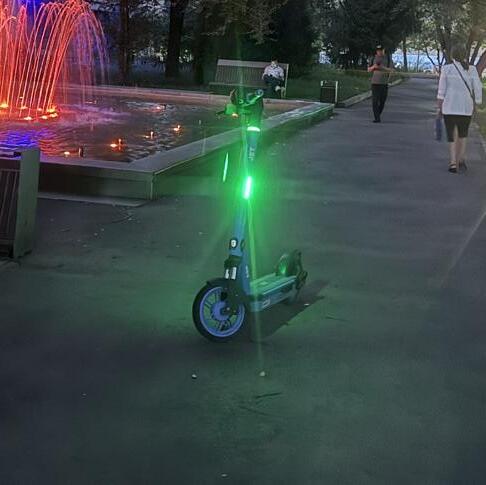




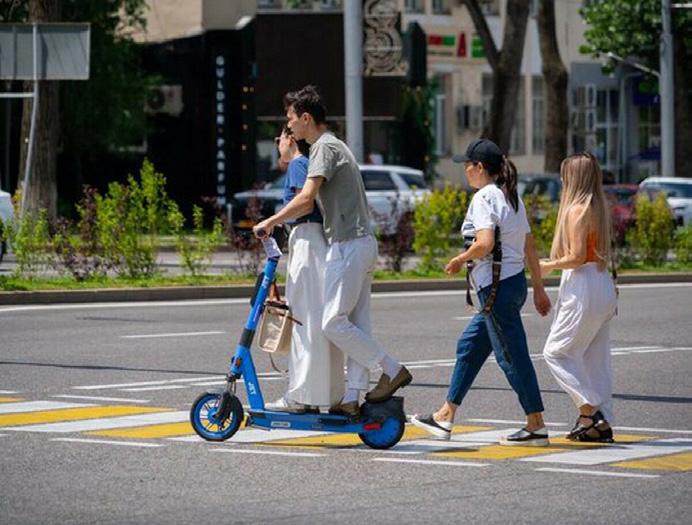
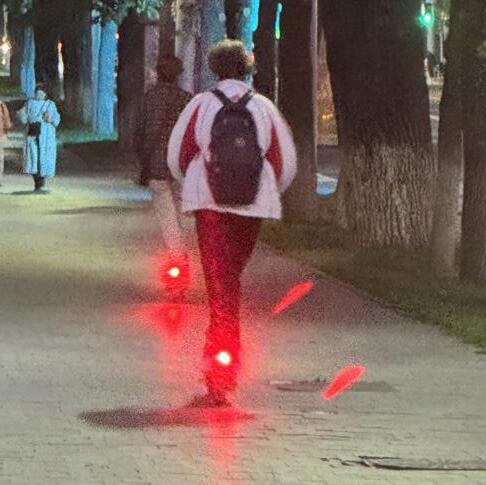

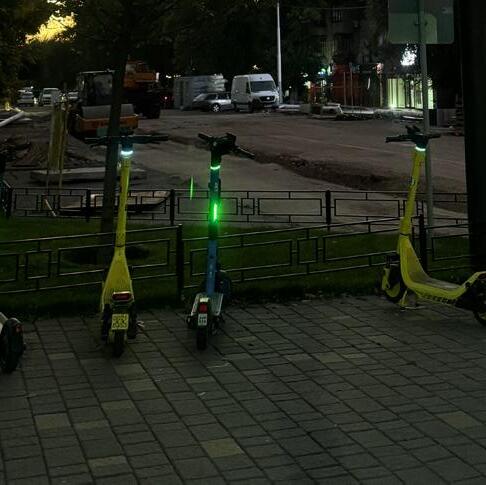
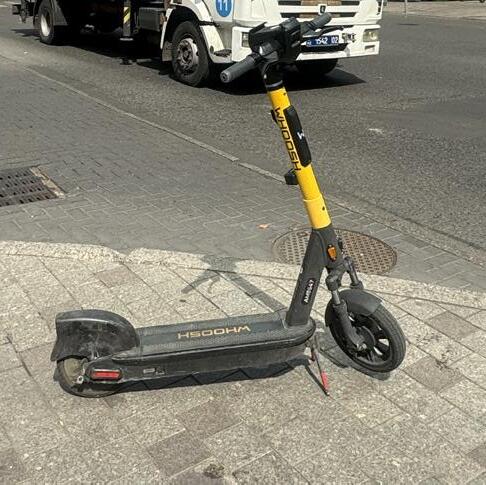
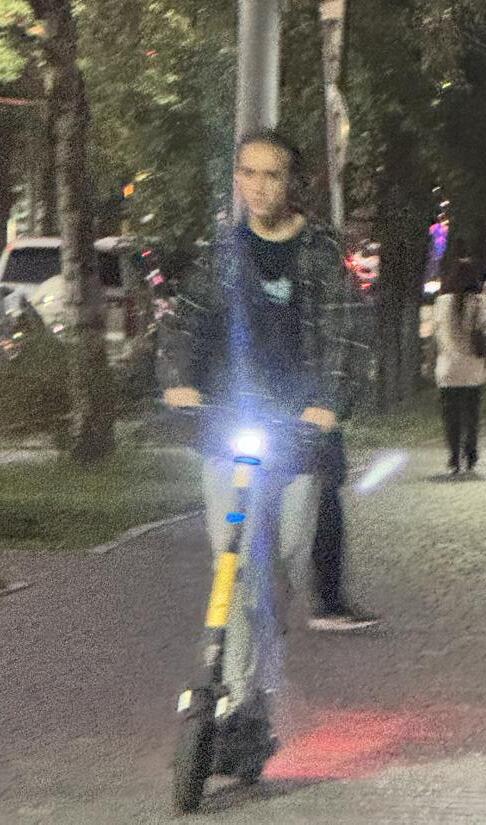
Когда-то на
территории
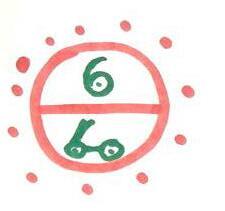
Казахстана была
приручена
время, когда скутер
приручает наши
дороги





Sofia Neff

УАҚЫТ БАЙЛАНЫСЫ СВЯЗЬ ВРЕМЕНИ
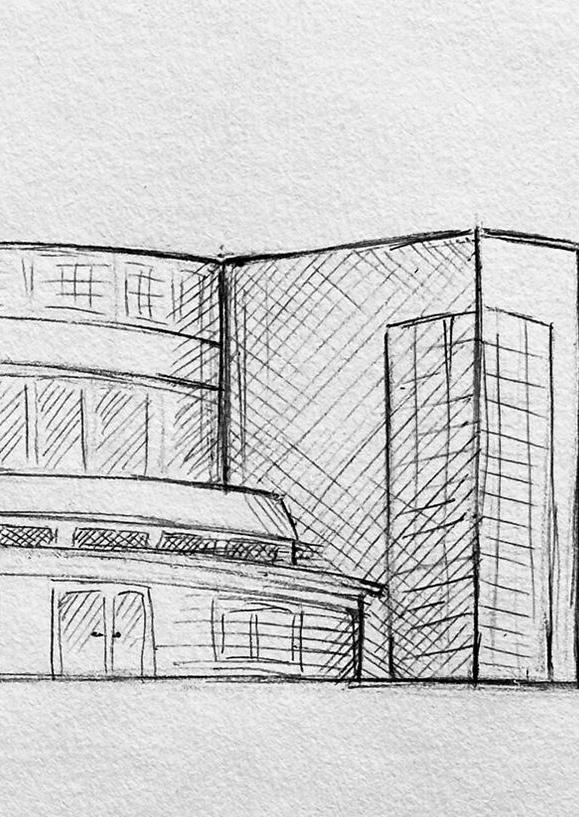
Ala-Tau cinema built in 1960 a demolished in 2015
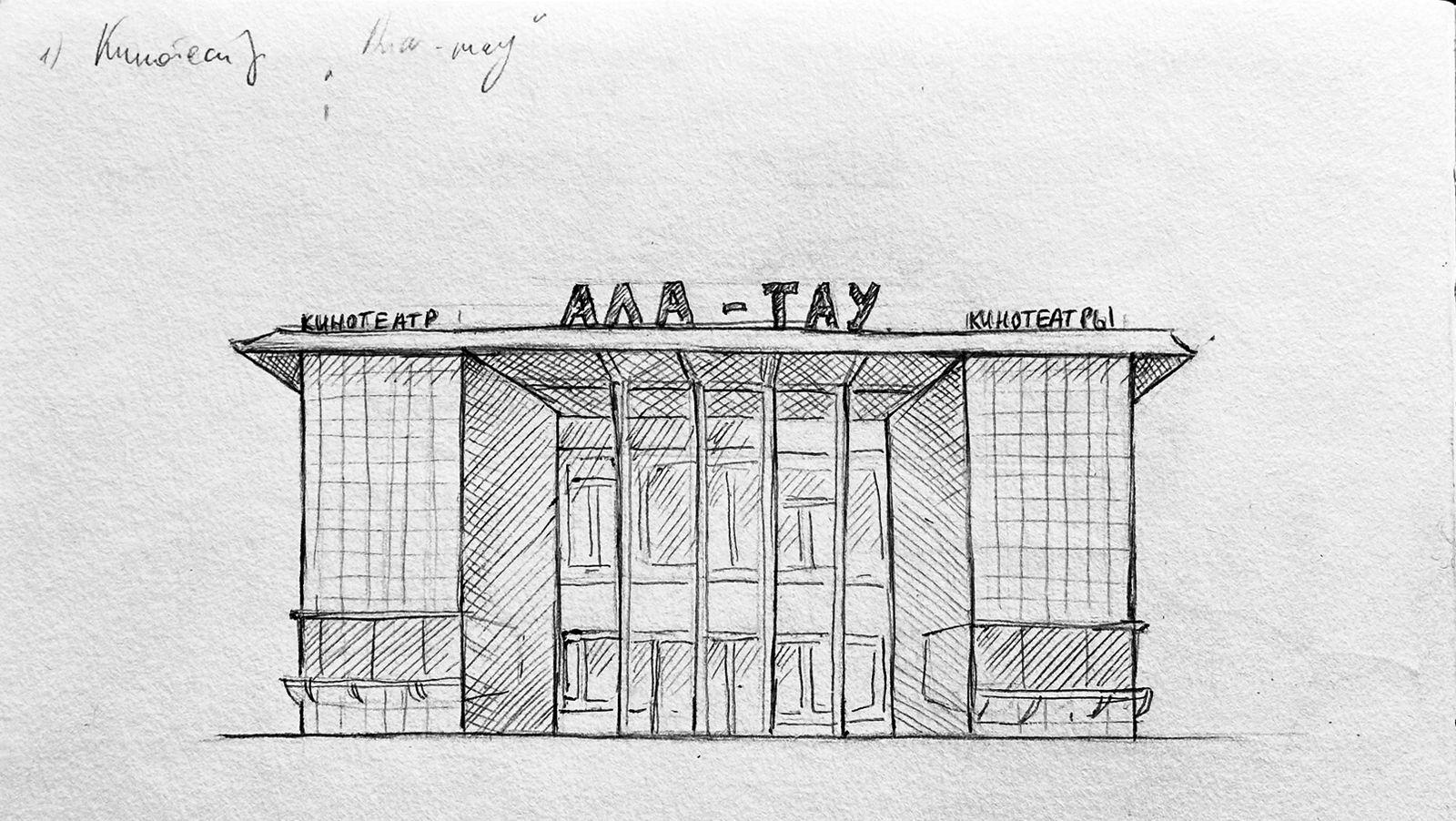
Соедините прошлое с
настоящим. Вместе со
временем меняется не только
внешний вид города, но и
память людей о нем. Давайте
вспомним, как развивался наш
город и проверим насколько
мы знаем Алматы.
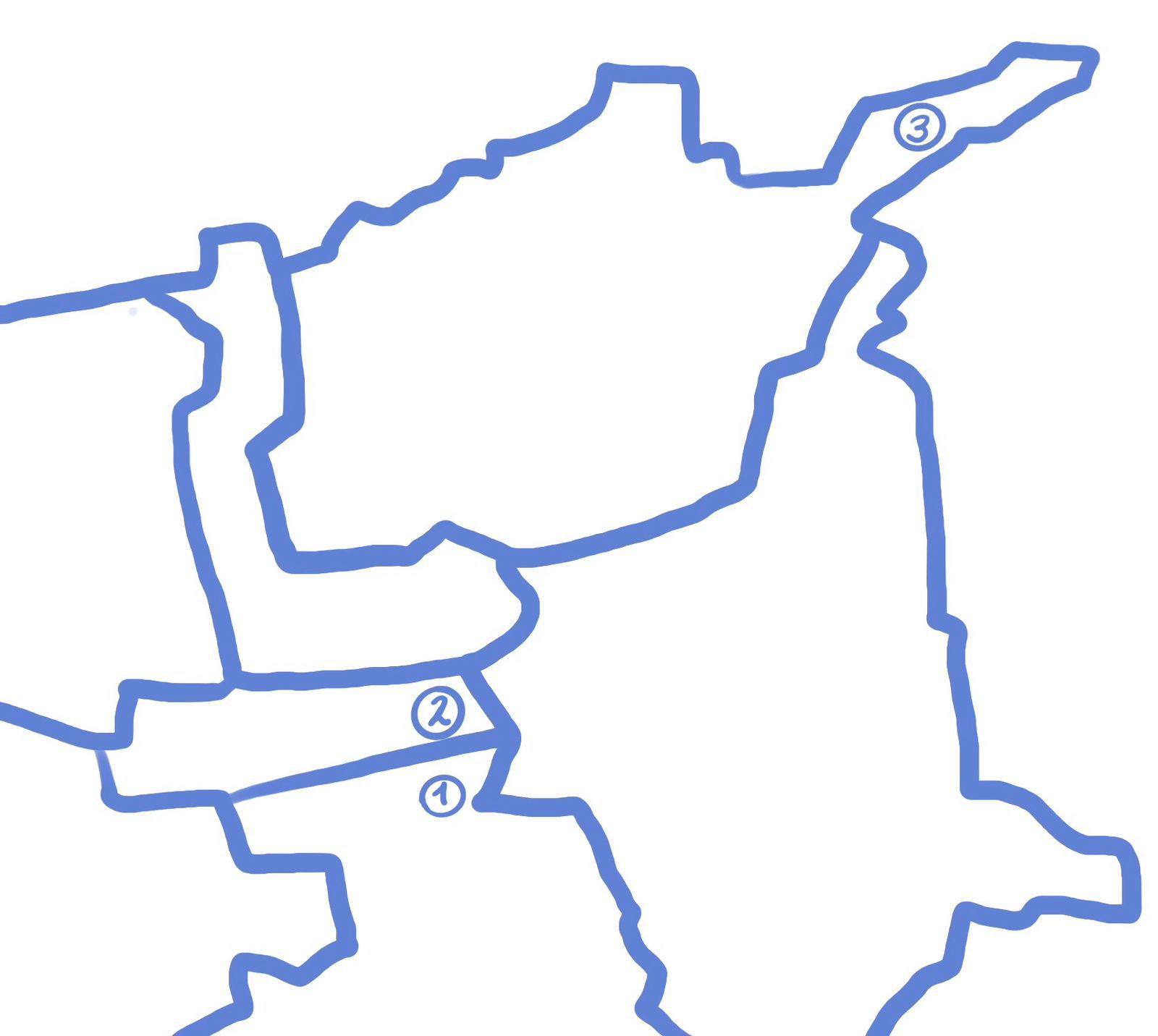


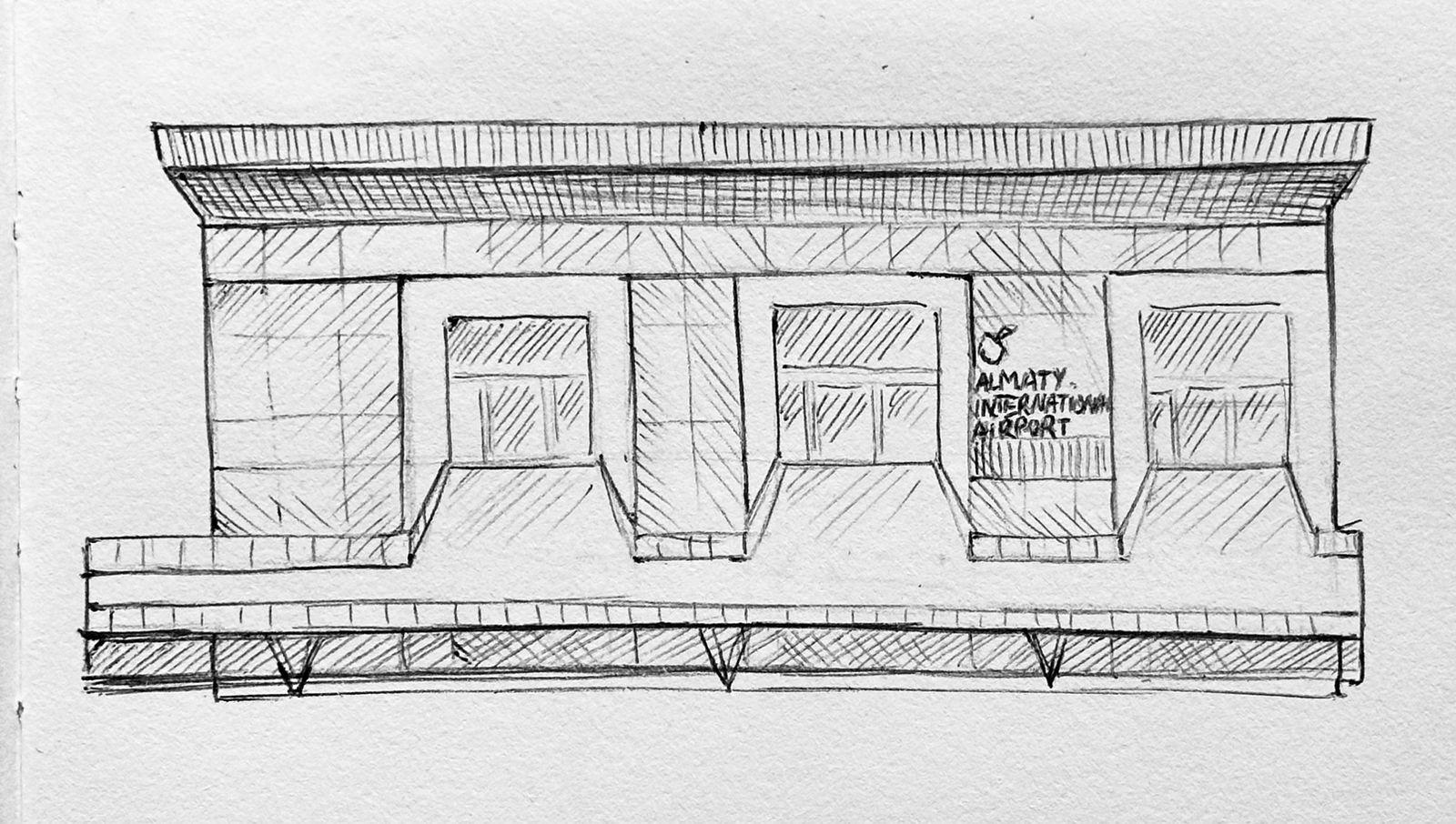

Airport built in 1935 demolished in 2022

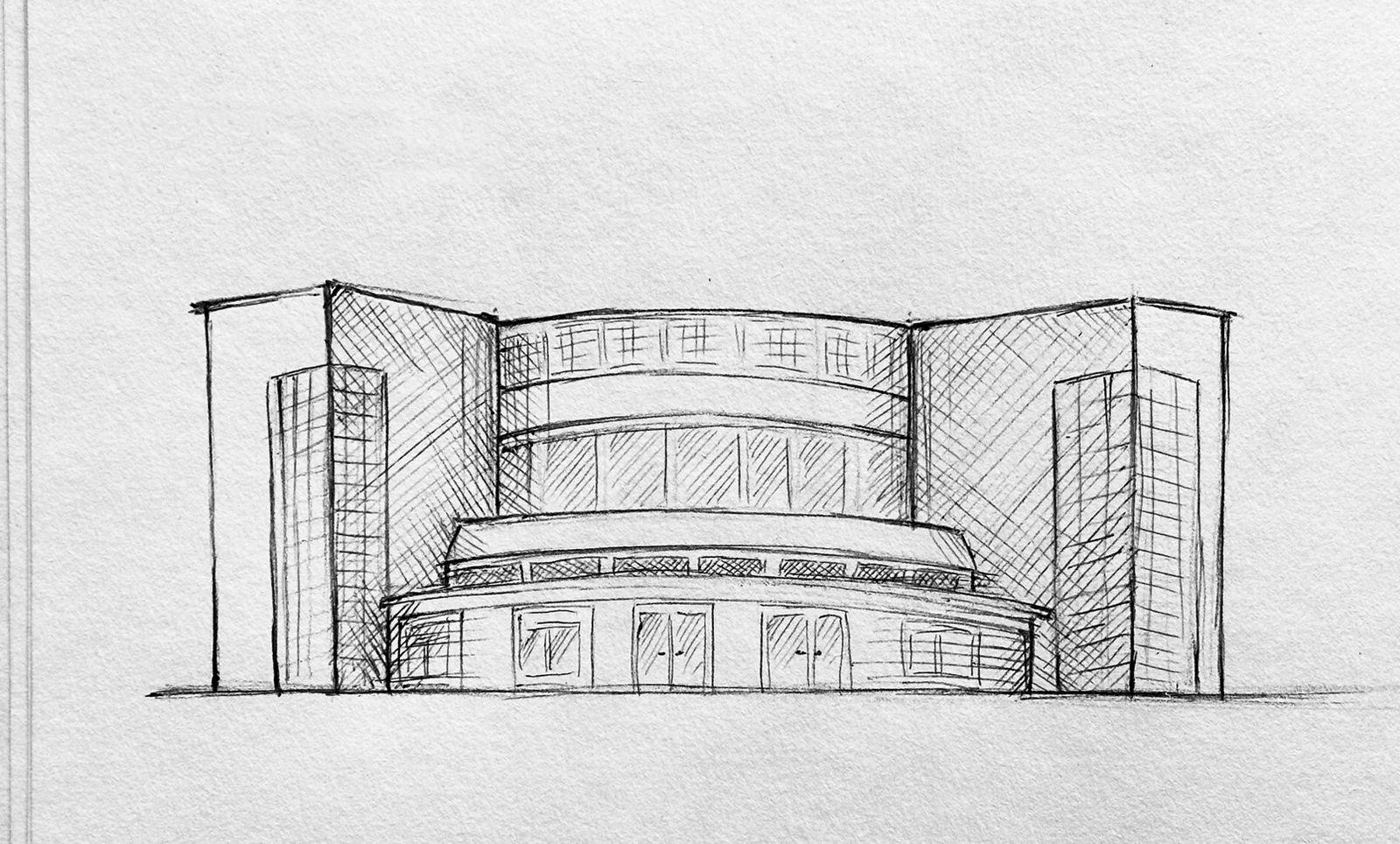
Uyghur theatre built in 1934 re-built in 2000
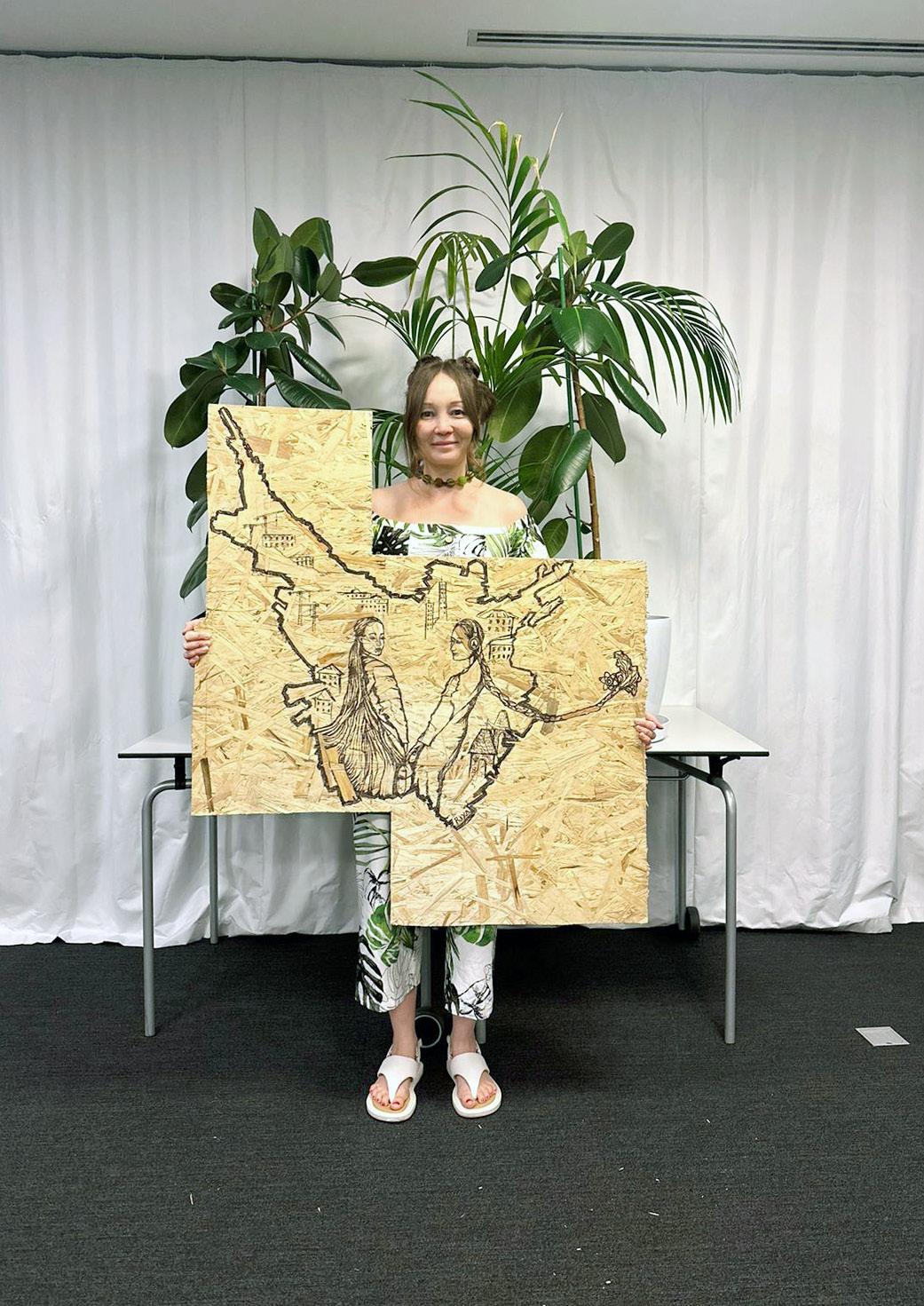
Baby бум и строительный бум,
породили одинаковые районы и дома, похожие на ЭКОблизнецов.
Он как кусочек древа современной жизни. Portrait
Этот Экопроект нарисован на выброшенном обрезке USB, найденном на стройке ЖК.

Nadira Tokhtarova
ҮЛКЕН АЛМА
БОЛЬШОЕ ЯБЛОКО
And now we only have left the symbols and memories about this famous type of apples scattered around the city.


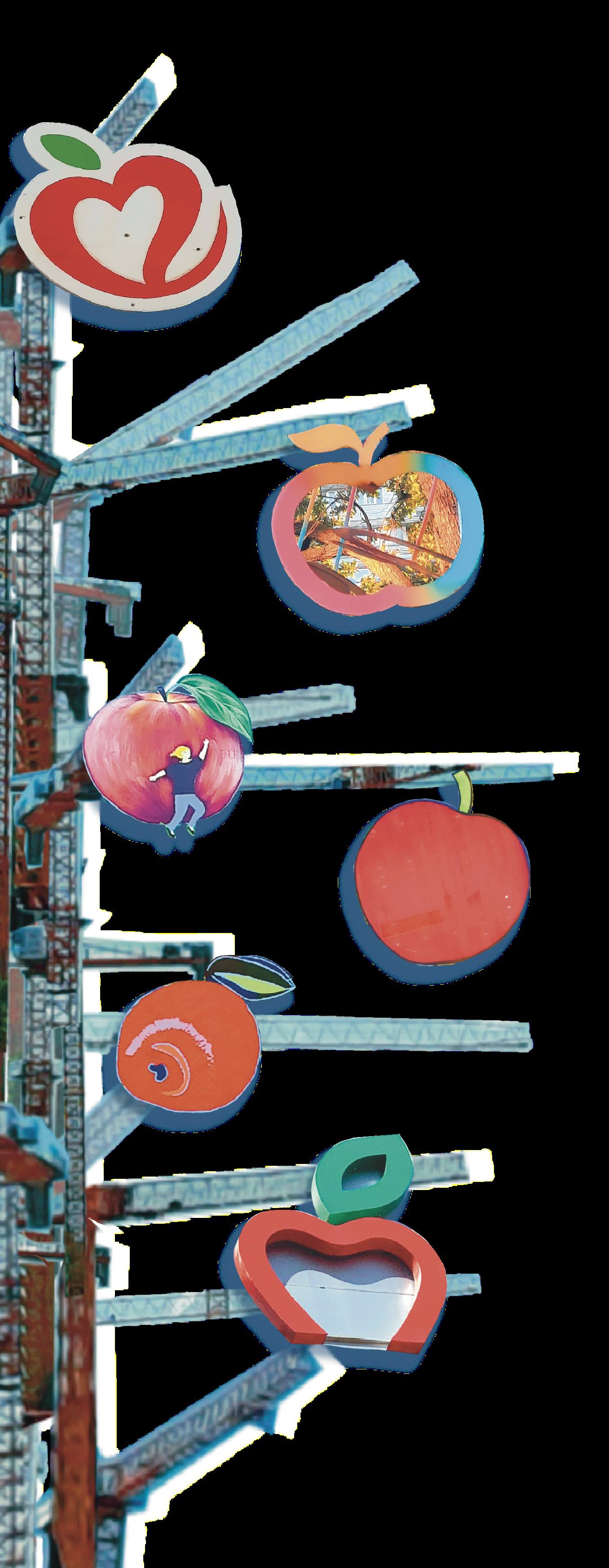
A beautiful red apple is one of the main symbols of Almaty city. The origin of this symbol comes from a special type of apple – the Almaty Aport. Due to the expansion of the city in the mountains, the best region for growing these apple had been overtaken by construction. Over time, the proper technology of growing these apples has been lost.

ПОТЕРИ

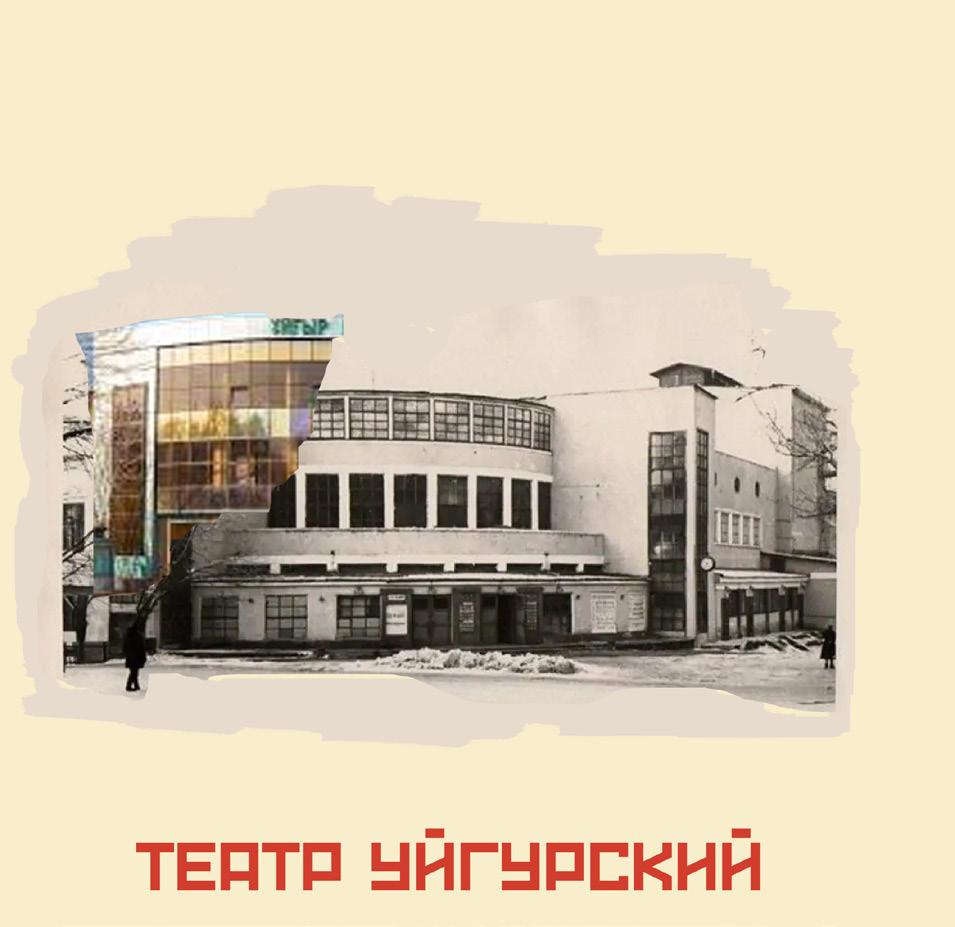
Этот журнал может стать важным проектом, посвящённым фиксации архитектурных потерь Алматы, произошедших в результате человеческих ошибок.



The title refers to cars occupying most space of kids' playgrounds, taking over and standing their "ground".
In Kazakhstan, on average, a middle-class family owns at least one car, and the most popular housing type, apartment blocks, accommodates approximately 150 people, with one-third being children. Every day each city courtyard is packed with cars, blocking the playground and forming a danger for kids. Ironically, what is designated as a 'kids playground' often serves as a parking area for cars.


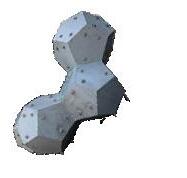





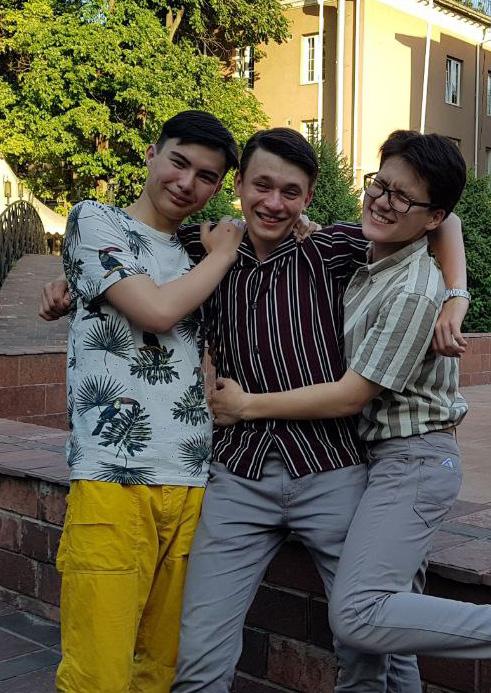


LISTEN TO THE STORY


The state operates a clichéd figure of an "Almaty resident" with a specific set of characteristics, limited by socio-economic profiling, such as age, income, gender and so forth. However, urban society is much more complex. The city itself can be characterized as a dynamic assemblage of social practices and interactions. The city should propose a range of strategies that promote inclusivity and social integration. These strategies could include reconfiguring public spaces to encourage shared use, supporting community-driven events, and introducing technology-based tools for mapping social inequalities. Additionally, policy reforms enabling the citizens to talk to each other and hear one another and the state being part of this process; must foster stronger connections across different social groups.
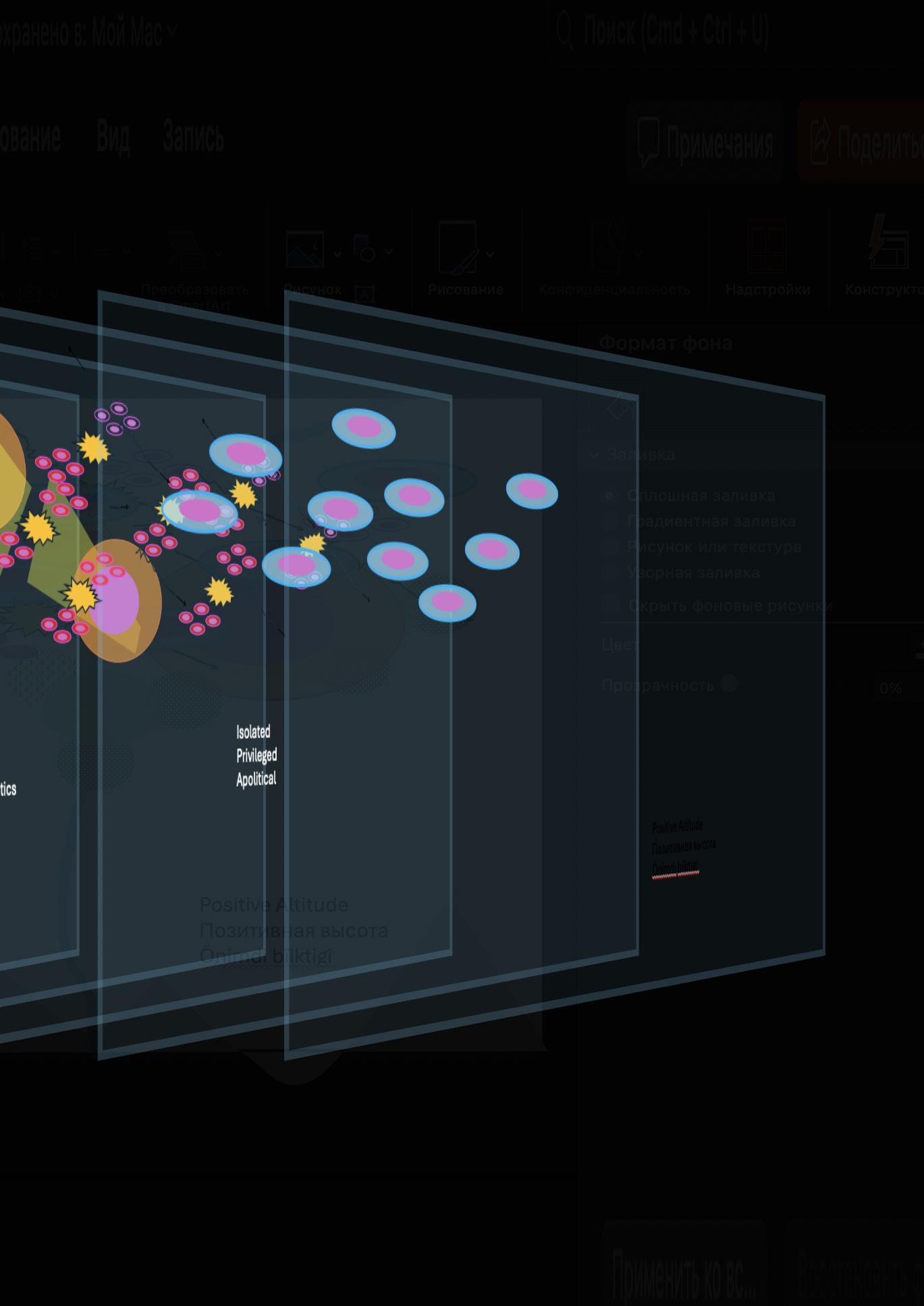

Natural boundaries tend to provoke divisions within the city. In addition to geographic barriers, men-made structures like highways reinforce the separation between different environments. While much attention is focused on the prevention of natural disasters, such as earthquakes, affecting the city infrastructure, **social fractures**—the invisible divides that shape the lived experiences of urban residents - often go unnoticed.

As we know, social bonds make stronger communites. How do we encourage the integration of groups instead of their atomization? And who benefits from this atomization? Environments are formed spontaneously and environments per se do not guarantee interaction among groups and individuals. So it is important to create social practices that bridge the divides between various urban communities, and advocate for inclusive urban design as a means to build resilient, cohesive cities.


Avdeev Nikita


АЛМАТЫ
КАРТАСЫНДАҒЫ
НЕМІС БІРЛЕСТІКТЕРІ
НЕМЕЦКИЕ АССОЦИАЦИИ

Эта карта показывает, как Алматы ассоциируется с Германией. От мест, где проходила выставка немецких художниц «Яблоки…Исторические

During a week-long social design workshop, architecture students and local artists initiated an exploration of different neighboorhoods of Almaty. They developed themes and concepts referring to the neighbourhood based on stories of the inhabitants, personal observations and its architectural vocabulary.
Design thinking, design skills, and public participation are key tools and drivers for this project. They are all used as a methodology to explore, analyze, visualize and respond to the neighbourhood life and its people. Participants are encouraged to actively engage with and take on responsible roles within their social and culturalcontexts. These diverse projects, encompassing both minor and substantial interventions, serve as both a starting point and a source of inspiration for further research, as they are far from claiming to be finished. The results consistently bear the distinctive imprint of the creatives, mirroring their interests and favor.
We would like to thank Friederike van Stephoudt and Gulmira Zhandybaeva and her team from the Goethe-Institut Kazakhstan and all the participants for making this workshop happen.
The social design workshop is an initiative from andrews & degen, a design studio located in Amsterdam, the Netherlands. The workshop ‘Mapping the city - A creative approach on...’ hasalready been conducted in more than 25 different cities around the world.
www.mappingthecity.com